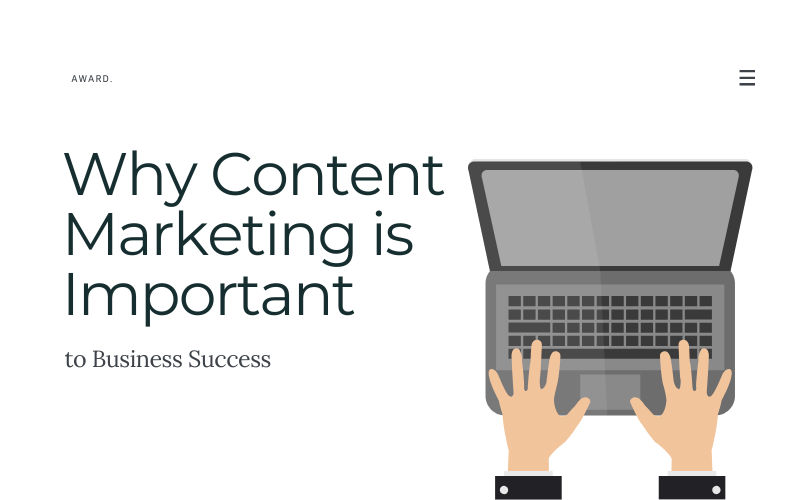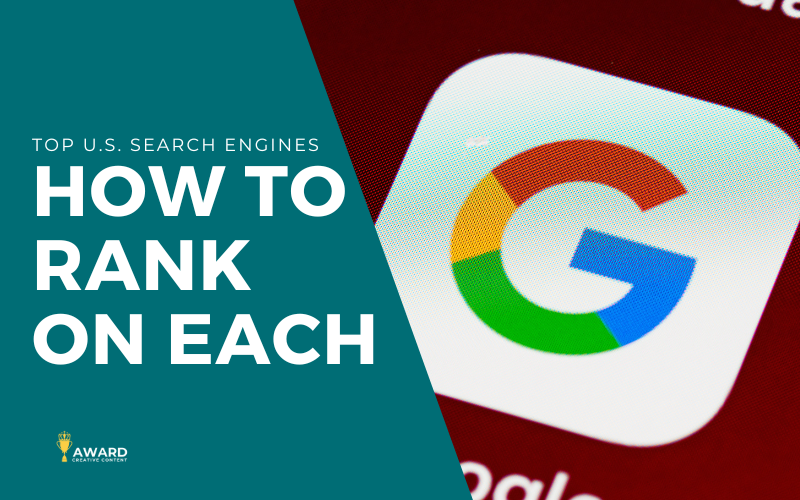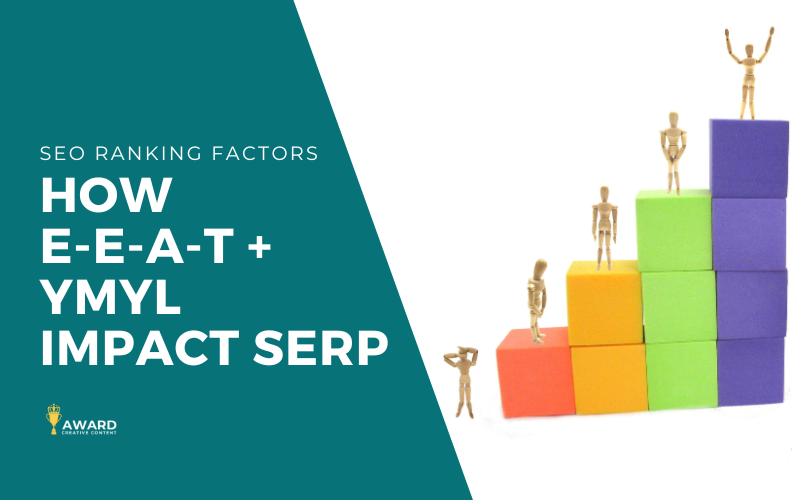Over the years, I’ve worked with clients across various industries, helping them build content marketing funnels that attract, engage, and convert. One thing’s clear: a successful content marketing funnel is more than a sales pipeline; it’s a relationship-building process that demonstrates why content marketing is important to any brand hoping to add real value to its audience and, in turn, to the business overall.
Here’s a strategic guide to crafting a content funnel based on what I’ve learned firsthand over the past seven years in copy and content creation.
What Is a Content Marketing Funnel?
At its core, a content marketing funnel guides potential customers from initial discovery to purchase, with each stage intentionally designed to nurture interest and build trust. Unlike a traditional sales funnel, the focus here is on creating genuine engagement through content. Here’s how the funnel typically flows:
- Awareness: Introduce your brand to new leads through content that sparks interest without the hard sell.
- Consideration: Provide deeper insights that help prospective customers evaluate whether your product or services fits their needs.
- Decision: Present information and incentives that encourage a final action—whether it’s a purchase, subscription, or another valuable interaction.
Building a Funnel That Works: Step-by-Step
Each stage of your funnel has a distinct purpose, and the content should reflect that. Here’s a practical breakdown of what works best at each level, along with tips I’ve found effective for making your content feel authentic rather than “sales-pitchy.”
Step 1: Awareness – Attract with Value
The awareness stage is your first chance to make a connection, so it’s crucial to strike the right balance of information and intrigue. Think of this content as a way to establish yourself as a resource rather than a salesperson. Consider these content types:
- Educational Blog Posts: Write blog posts that answer common questions in your industry or address specific pain points without pushing your product.
- Where to Place Your CTA: Subtle, soft CTAs work best here. Position them at the end of sections or in the footer to encourage readers to “Learn More” or “Keep Reading.”
- Linking Strategy: Limit links to 2-3 per post, ideally connecting readers to reputable sources or relevant internal content, which boosts credibility without overwhelming the reader.
Step 2: Consideration – Build Trust and Nurture Interest
As potential customers move further into your funnel, they’re looking for more substance to inform their decision. Here’s where you can build trust through real-world examples and in-depth insights.
- Case Studies and White Papers: Show results through case studies or white papers that highlight your product’s benefits in a real-world context.
- CTA Placement: A clear but low-pressure CTA can work well here. Place it at the end of the piece, inviting readers to download more resources or subscribe for ongoing insights.
- Linking Strategy: Internal links to related articles or industry insights keep readers within your ecosystem, reinforcing your brand as a go-to resource.
Step 3: Decision – Guide Your Audience to Action
In the decision stage, leads are ready to make a move. Here, it’s about removing obstacles and guiding them to act. One of the biggest pitfalls I see clients fall into is overselling here. Instead, let your value speak for itself.
- Landing Pages & Product Comparisons: Use a well-crafted landing page with a straightforward, action-oriented CTA that aligns with the reader’s intent.
- Where to Place Your CTA: Keep it above the fold—visible without scrolling. Think of CTAs like “Get Started Today” or “Try Free,” which invite action without feeling pushy.
- Linking Strategy: Stick to 1-2 links that are relevant to the decision, such as testimonials or product pages, to keep the focus clear.
Making Content That Engages Without Feeling Like an Ad
To avoid “sales fatigue” in your content, aim to engage authentically. Here’s what I’ve found most effective:
- Tell a Story, Don’t Push a Sale: Storytelling captures attention in a way pure sales copy can’t. By framing your content around stories—whether customer experiences, industry trends, or problem-solving scenarios—you establish relevance without a hard sell.
- Keep CTAs Thoughtful: Limit CTAs to those that feel like a natural next step in the reader’s journey. Avoid multiple CTAs on a single page—one well-placed action prompt is often far more effective.
- Test and Refine: Small adjustments can make a big difference. Try A/B testing headlines, CTAs, or layouts to see what resonates most. Adjust based on data, keeping your audience’s needs and preferences top of mind.
Invest in Quality Content
A content funnel is only as good as the quality you put into each piece. That means giving every article, video, or case study the attention it deserves. Here are a few principles I follow with clients to make sure their content reaches its potential:
- Purpose-Driven Design: Plan the structure and purpose of each piece before creating it. Where will it live on your site? How will it guide readers? Effective design starts with a clear roadmap.
- Consistent Messaging: Stay consistent in your tone and messaging throughout the funnel to avoid mixed signals. This continuity builds trust and makes your brand voice memorable.
- Data-Backed Decisions: Analytics are your friend. Review metrics like bounce rates, click-through rates, and time on page to refine your funnel over time.
That’s Why Content Marketing is Important
Building a high-performing content funnel is an investment that pays off with a more engaged, loyal audience. Take the time to plan, test, and fine-tune your funnel, and you’ll see the impact quality content has on both customer relationships and your bottom line.
With thoughtful, engaging content at every stage, you’re well on your way to creating a content marketing funnel that actually works—without resorting to a hard sell.
More Helpful SEO Tips from AWARD CC
Looking for more insights on how to power your brand’s SEO strategy in 2025? Check out some of these recent blogs from AWARD:
- Top Internet Search Engines in America: How to Rank
- SEO in 2025 + Beyond
- How E-E-A-T, YMYL, and Content Authority Impact SEO Scores
- How Long Does It Take to Rank on Google?
- What is Cannabis Search Engine Marketing?
- Is SEO Dead?
- SEO for Cannabis Brands: Navigating Marketing Constraints
- How Does SEO Work?
- Going Beyond Keywords and Backlinks




